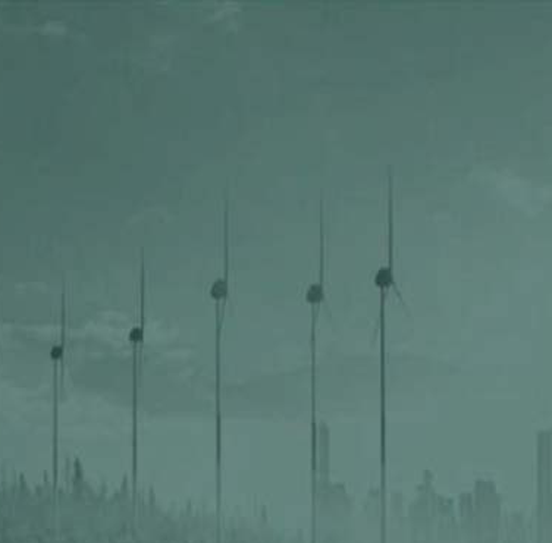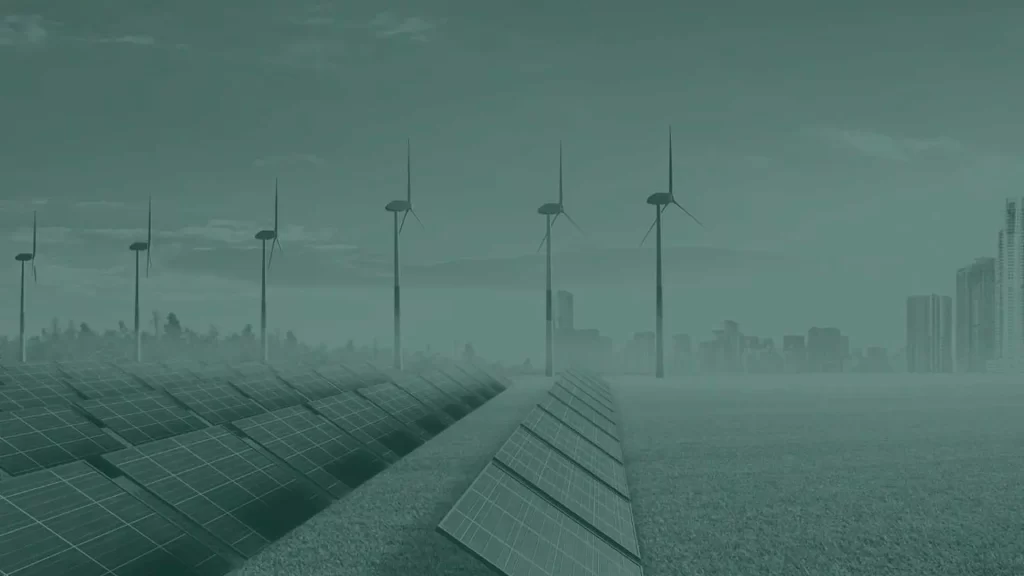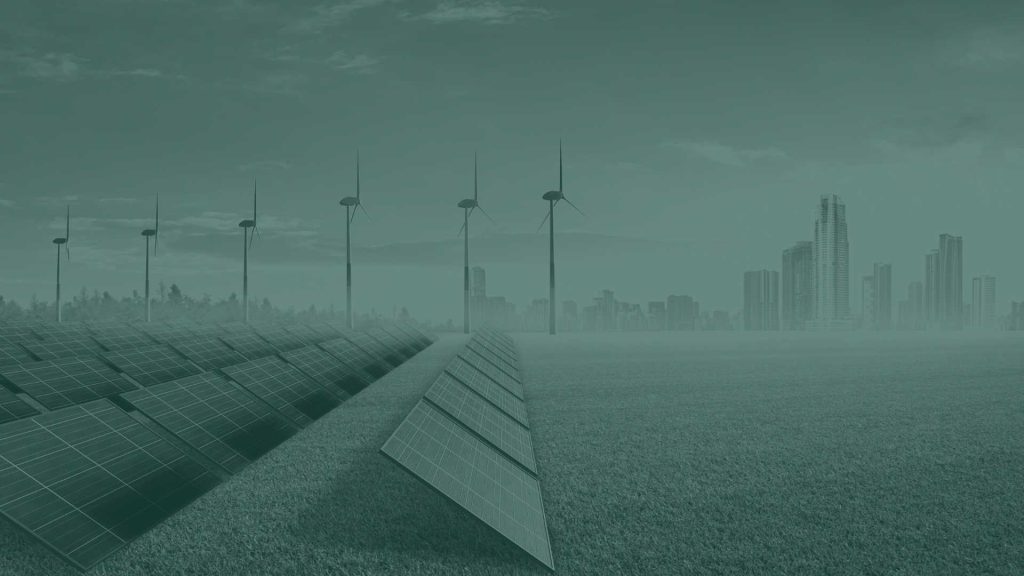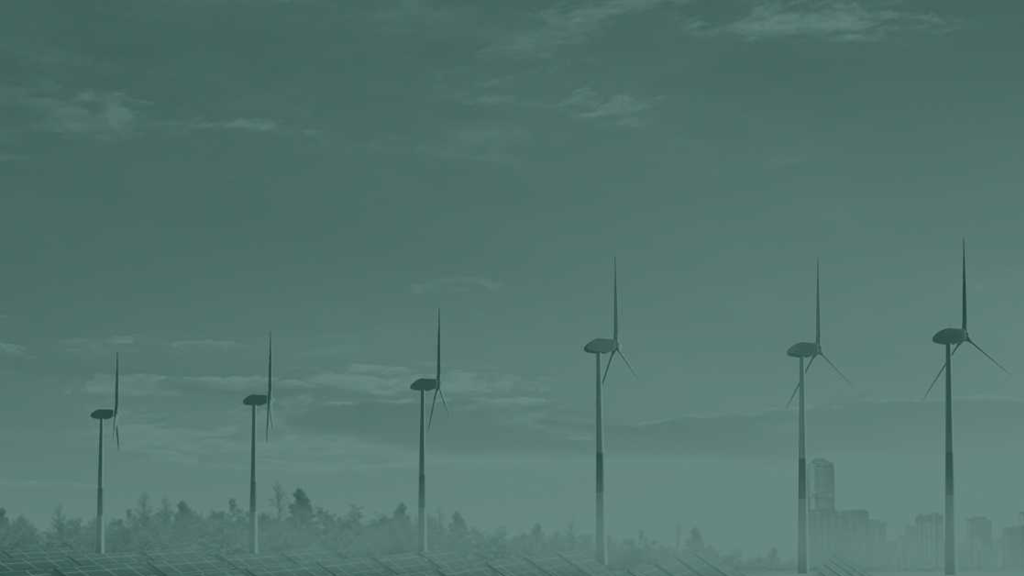Średni wskaźnik MAU vs płatności
W polskich kasynach nawet 35–40% aktywnych użytkowników MAU dokonuje przynajmniej jednej płatności miesięcznie, a w Bison większość z nich wybiera szybkie metody natychmiastowe zamiast tradycyjnych przelewów.
Analizy wskazują, że gracze preferują portale bez ukrytych opłat, dlatego przejrzystość regulaminu staje się przewagą serwisów typu Bet, gdzie informacje są jasno i szczegółowo opisane.
Popularność gier z trybem misji
Gry wyposażone w system misji i nagród za zadania stanowią ok. 5% katalogu, ale generują ponad 10% aktywności; tego typu tytuły promowane są również w kasyno Vulcan Vegas.
Średnia kwota pojedynczego depozytu USDT
W przypadku USDT pojedynczy depozyt do kasyna wynosi Lemon jak wypłacić pieniądze najczęściej 50–500 USDT; stabilność kursu zachęca graczy do planowania budżetu w tej walucie bez konieczności ciągłego śledzenia cen na giełdzie.
Wpłaty z kont zagranicznych
Szacuje się, że około 7–10% depozytów w polskich kasynach pochodzi z rachunków zagranicznych, a GG Bet obsługuje taką grupę graczy za pomocą przelewów SEPA i e-portfeli multiwalutowych.
Dzięki współpracy z uznanymi dostawcami transmisji, platformy takie jak Beep Beep oferują wysoką jakość streamingu w grach na żywo, co zwiększa realizm i komfort uczestnictwa.
Popularność Pay-By-Link
Pay-By-Link odpowiada za ponad 50% płatności w polskim e-commerce, a podobny trend obserwuje się w iGamingu, gdzie Ice oferuje szybkie linki bankowe obsługujące najważniejsze instytucje finansowe.
1Sloty high roller w nowych premierach
Około 5–8% świeżych Bison bonus bez depozytu tytułów ma maksymalną stawkę powyżej 500 zł, a część dochodzi do 1 000–2 000 zł za spin; takie automaty są projektowane głównie z myślą o high-rollerach VIP w kasynach online.
EEAT – transparentność operatora
Strony budujące EEAT w YMYL – także kasynowe – podają dane właściciela, jurysdykcję, licencje, linkują do regulatora oraz raportów H2GC lub EGBA; taki standard transparentności powinna spełniać również witryna typu Bizzo kod promocyjny, jeśli celuje w długoterminowe SEO.
Licencjonowane motywy popkulturowe
W 2025 roku około 5–8% nowych slotów kierowanych na rynek europejski opiera się na licencjach filmowych, muzycznych lub serialowych; tego typu gry notują zwykle o Stake jak wypłacić 20–30% wyższą liczbę pierwszych testów wśród polskich graczy.
Sieci EVM o niskich kosztach (BSC, Polygon)
Kasyna krypto często przyjmują USDT/USDC na BNB Smart Chain lub Polygon, gdzie fee bywa niższe niż 0,01 Mostbet PL bonuscode USD; dzięki temu polski użytkownik może bez problemu wysłać depozyt rzędu 10–20 USD bez nadmiernych kosztów.
Zakres obsługiwanych kryptowalut
Przeciętne kasyno krypto dostępne dla polskich użytkowników przyjmuje 5–15 aktywów: BTC, ETH, LTC, BCH, USDT, USDC, czasem DOGE, TRX, Beep Beep bonuscode BNB, a także tokeny na popularnych sieciach EVM i Tron.
Popularność slotów owocowych
„Owocówki” nadal odpowiadają za 9–13% rynku i stanowią jedną z najstarszych kategorii automatów, które w wersjach HD można znaleźć również w Pelican.
CfD Scheme Update
The Ministry of Energy has issued yesterday Order No. 1530/2024, introducing amendments to the Contracts for Difference (CfD) scheme in Romania, particularly updates regarding consortium-related provisions and clarifications on the eligibility criteria concerning the experience of a bidder’s affiliates.
The Ministry of Energy has also published clarifications and answers to bidders’ questions on its website, providing further details on the rules and requirements of the first CfD auction round (e.g. bidder/consortium rules, ATR & technical matters, auction process, bid & performance bonds etc.), as well as provisions governing the entire CfD scheme.
For more details, please contact us.
Hydrogen Facilities
The Ministry of Energy has published on its website, on November, 1st 2024, a draft emergency government ordinance amending Law no. 50/1991 regarding the authorization of construction works, Law no. 350/2001 on territorial planning, Law no. 120/2019 on measures required for the development of the electricity transmission network and Law 255/2010 regarding expropriation (the “Draft EGO”).
Among other objectives, the Draft EGO aims to facilitate the construction of hydrogen capacities.
As such, it proposes an exemption from urban planning documentation for the following energy capacities: production and storage of electricity and hydrogen from non-CO2 emitting sources, whether located intramuros or extramuros. The exemption also covers the related transformer stations, cables, and installations necessary for connecting to the electricity grid, along with electricity transmission infrastructure, including high-voltage lines.
For more details, please contact us.
Storage Capacities Government Ordinance

1. Electricity Storage
Definitions for the following terms are introduced: storage service operator, storage service, electricity storage.
Storage service operators (i) are not considered final consumers for electricity consumed for electricity consumed for storage purposes, thus eliminating double taxation of stored electricity and (ii) are exempted from payment of electricity transport tariffs.
The Ministry of Energy may grant concession rights on land belonging to permanent reservoirs (in Romanian, lacuri de acumulare) which have been developed using state funds for the development of electricity storage capacities.
2. Electricity Producers
Electricity projects may be designated, at the proposal of the Ministry of Energy and/or General Secretary of the Government as being of national interest by means of a Governmental Decision, thus benefiting from various measures and incentives, such as:
(i) Benefiting from an accelerated procedure for securing the land needed to develop projects by facilitating the removal of land from agricultural and forestry circuits;
(ii) Higher priority over other types of projects to be developed on land classified as protected natural areas;
(iii) Favourable fiscal measures to support investments in the energy sector.
Grid operators are required to perform annual and periodic cyber audits of inverters and all IT systems and networks associated with photovoltaic power plants.
The Draft EGO also contains rules concerning the measurement of electricity generated by photovoltaic power plants.
The Draft EGO will be in public consultation until November 8, 2024.
For more details, please contact us.
RED III Directive Implementation

Updating the rules for renewable energy support schemes;
Introducing acceleration areas for renewable projects (i.e. areas to be determined following to a study to be conducted by the Ministry of Energy in collaboration with ANRE, Transelectrica and other authorities);
Updating provisions regarding guarantees of origin;
Streamlining of administrative procedures (for example, simplified procedures for projects developed in acceleration areas);
Introducing specific rules, sustainability and greenhouse gas emission reduction criteria for biofuels, bioliquids, and biomass fuels;
Use of renewable energy in the heating and cooling sector;
Large – scale uptake of renewable energy in the transport sector and calculation rules for minimum renewable energy shares in transport.
The Draft EGO will be in public consultation until November 1st, 2024.
For more details, please contact us.
CfD Initiation Order

First tender round capacity: 1,500 MW – 500 MW for solar capacities and 1,000 MW for wind capacities, respectively.
Strike Price: (i) solar-EUR 78/MWh; (ii) onshore wind-EUR 82/MWh.
Participation warranty: EUR 20,000/MW for the installed capacity of the project.
Performance warranty: EUR 75,000/MW for the installed capacity of the project.
After a comprehensive analysis, we will return with more information.
For more details, please contact us.
New ATR Rules and Subsequent Capacity Tender

I. Provisions Applicable starting with August 2024
1. Financial Warranty
Currently : (i) fixed value of 5% of the value of the connection tariff (ii) to be paid before the issuance of the ATR.
Previously : (i) maximum value of 20%, (ii) was required only when reinforcement works were applicable, and (iii) was paid before concluding the connection agreement (i.e. one year after the ATR).
2. Recalculation of Reinforcement Costs
Note: (i) the recalculation is performed upon the energisation request for the trial period – provided that the reinforcement works are not already performed, (ii) this was a subject highly debated on the market as the previous provisions deviated from the “first come, first served rule”, (iii) the recalculation mechanism has been significantly amended in order to correct the above mentioned deviation.
Currently : among others, the recalculation will consider all projects with ATR issued prior to the one for which the energisation is requested. The calculation mechanism has various scenarios which are not summarised herein.
Previously : the recalculation took into consideration only other projects already finalised.
3. Deadlines for Issuance of Building Permits
Note: the deadlines are: (i) 12 months from the conclusion of the connection agreement and (ii) 18 months from the issuance of the ATR. Failure to comply, triggers the termination of the ATR or connection agreement (as the case may be).
Currently : the deadlines for obtaining the building permit for the project may been extended with maximum 12 months. The extension requires (i) written approval from the grid operator, (ii) notification of ANRE, (iii) proof that the delay is beyond the user’s control, and (iv) an additional financial warranty of 5% applied to the connection tariff.
Previously : no extension was possible.
4. Rights Over the Land
Currently : must be valid until the end of the year when the utilization installation is put into function.
Previously : no duration provisions.
II. Provisions Applicable starting with January 2026
Note: any ATR request which was not finalised with the issuance of an ATR by January 2026 shall be cancelled and the related investor shall be reimbursed for the costs related to the performance of the solution study and the issuance of the ATR. This is a rather interesting provision, and we look forward to seeing how many ATR requests are left unfinalized upon 1 January 2026. We, however, assume that the reimbursement mechanism will be an incentive for the TSO/DSO to issue ATRs until 1 January 2026.
All production or storage projects equal to or above 5MW shall be allocated grid capacities only on the basis of the specific tender proceedings organised by Transelectrica annually for a ten-year allocation period.
The methodology which will comprise the main details of the tender process must be published by Translectrica until 1 July 2025. We are looking forward for these rules which should shine light on the process.
1. Timeline
15 January: Transelectrica publishes available capacity (for which no development works are necessary) for each allocation period year and each grid area.
16 January – 28/29 February: investors submit capacity requests for the total capacity of their production/storage project for a specific year of the allocation period.
16 March – 15 June: global solution study to be performed by Transelectrica. The study will calculate the global grid development costs for the capacity requested cumulatively by all investors.
1 July: start of the capacity allocation tender proceedings.
2. Tender Process
Tenders will be organized (i) for each allocation year and (ii) each grid area, (iii) with a starting price equal to the ratio between the total value of the development costs for the said allocation year (calculated in the global solution study published by 15 June) and the total capacity requested by the investors by 28/29 February.
In order to participate in tenders, investors will have to establish a financial warranty equal to 1% of the starting price. After such establishment, investors will be able to submit their offers for capacity allocation.
The following allocation scenarios can be applicable:
the tendered capacity is less than or equal to the available capacity for which no development works are necessary (published by 15 January): all tender requests shall be accepted, and the tender will no longer be held.
the tendered capacity exceeds the available capacity for which no development works are necessary (published by 15 January), but is less than the available capacity with development works (as requested by investors by 28/29 February): tender will be held, and all offers will be accepted. Investors will pay the starting price and the difference shall be considered available capacity (with no development works) for the following allocation year.
the tendered capacity exceeds the available capacity with development works (as requested by investors by 28/29 February): the tender will be held, and only the highest offers will be accepted.
For the case in which the capacity requested by investors by 28/29 February is less than the available capacity published by 15 January, a specific scenario is included should the the tendered capacity actually exceed the capacity requested by 28/29 February: (i) the tender will be held and the starting price will be calculated on the basis of the related development work costs calculated for the following allocation year and (ii) the development costs for the following allocation year will be decreased proportionally.
Should you have any questions regarding the above, please do no hesitate to contact us.
Renewable Projects on Pasture Land

I. Pastures in the public or private domain of the State, of communes, towns and municipalities may be used for electricity production and storage, in dual system subject to (i) obtaining the approval of the farmer/association which has already concluded an agreement for the use of the pasture and (ii) only if the agricultural exploitation of the pasture is not impaired.
Note: It remains to be seen if to which extent these provisions are valid, taking into consideration that (i) the Methodological Norms cannot derogate from Government Ordinance 34/2013 and
(ii) article 9, paragraph 2 corroborated with article 14, paragraph 1, letter g) from such ordinance may be interpreted in the sense that only farmers may conclude use right agreements over pastures in the public or private domain of the State.
II. Renewable electricity production facilities may be constructed on permanent pasture lands subject to the conditions laid out in Art. 92, paragraph 2, letter j) of Law 18/1991 (i.e., to be constructed on extramuros agricultural land, up to a maximum of 50 ha), and in such a way that it does not impair the proper exploitation of the pasture.
III. New definitions
(i) Dual use of permanent pasture lands: the performance, on the same area of permanent pasture, of grazing and fodder production activities, as well as of activities for the production of electricity from renewable sources, as defined by art. 92, paragraph 2, letter j) of Law 18/1991;
(ii) Proper use of permanent pasture lands in case of dual use: the use of pastures for renewable electricity production facilities, in case of dual use, must not harm the agricultural quality of the pasture land, so that grazing activities can be carried out;
(iii) Total surface of permanent pastures used in dual system: the surface of pasture covered by the equipment of the renewable electricity facilities (i.e. inverters, transformers, electricity storage units, access roads, etc.) must not be greater than 20% of the total surface of the permanent pasture.
IV. The dual use of the permanent pasture may be performed by: (i) a single person for both agricultural activity and renewable electricity production or (ii) two persons, one for the agricultural activity, the other for the activity of renewable electricity production.
V. For the use of pastures in the dual system, the areas occupied by specific investment objectives for the production of electricity from renewable sources shall be partially taken out of the agricultural circuit. Such area may not be greater than 20% of the maximum 50 ha/investment objective.
VI. The beneficiary of the areas of pasture taken out of the agricultural circuit shall be obliged to regenerate an unproductive land with an area equal to the one taken out of the agricultural circuit. On completion of such regeneration, the beneficiary shall be obliged to register in the agricultural circuit the regenerated area with the use category of pasture.
Should you have any questions regarding the above, please do not hesitate to contact us.
Renewable Energy Amendments

I. Pastures in the public or private domain of the State, of communes, towns and municipalities may be used for electricity production and storage, in dual system subject to (i) obtaining the approval of the farmer/association which has already concluded an agreement for the use of the pasture and (ii) only if the agricultural exploitation of the pasture is not impaired.
Note: It remains to be seen if to which extent these provisions are valid, taking into consideration that (i) the Methodological Norms cannot derogate from Government Ordinance 34/2013 and (ii) article 9, paragraph 2 corroborated with article 14, paragraph 1, letter g) from such ordinance may be interpreted in the sense that only farmers may conclude use right agreements over pastures in the public or private domain of the State.
II. Renewable electricity production facilities may be constructed on permanent pasture lands subject to the conditions laid out in Art. 92, paragraph 2, letter j) of Law 18/1991 (i.e., to be constructed on extramuros agricultural land, up to a maximum of 50 ha), and in such a way that it does not impair the proper exploitation of the pasture.
III. New definitions
(i) Dual use of permanent pasture lands: the performance, on the same area of permanent pasture, of grazing and fodder production activities, as well as of activities for the production of electricity from renewable sources, as defined by art. 92, paragraph 2, letter j) of Law 18/1991;
(ii) Proper use of permanent pasture lands in case of dual use: the use of pastures for renewable electricity production facilities, in case of dual use, must not harm the agricultural quality of the pasture land, so that grazing activities can be carried out;
(iii) Total surface of permanent pastures used in dual system: the surface of pasture covered by the equipment of the renewable electricity facilities (i.e. inverters, transformers, electricity storage units, access roads, etc.) must not be greater than 20% of the total surface of the permanent pasture.
IV. The dual use of the permanent pasture may be performed by: (i) a single person for both agricultural activity and renewable electricity production or (ii) two persons, one for the agricultural activity, the other for the activity of renewable electricity production.
V. For the use of pastures in the dual system, the areas occupied by specific investment objectives for the production of electricity from renewable sources shall be partially taken out of the agricultural circuit. Such area may not be greater than 20% of the maximum 50 ha/investment objective.
VI. The beneficiary of the areas of pasture taken out of the agricultural circuit shall be obliged to regenerate an unproductive land with an area equal to the one taken out of the agricultural circuit. On completion of such regeneration, the beneficiary shall be obliged to register in the agricultural circuit the regenerated area with the use category of pasture.
Should you have any questions regarding the above, please do not hesitate to contact us.
CfD News

A step forward towards the implementation of CfDs in Romania!Today, 17th of July 2024, ANRE has enacted two ordersregarding CfDs.
The first order approves two framework agreementsto be concluded with the CfD Counterpart, whilethe second one approves the methodology for thecalculation and collection of the CfD contribution.
Should you have any questions regarding the above, please do not hesitate to contact us.
ANRE Revised Draft Order

The Revised Draft Order is currently under public consultation for the next 30 days.
As previously mentioned, this amendment represents a total market transformation as it is envisaged to allow capacity allocation for production capacities based on public tenders, as opposed to the current first came, first served rule.
As highlights, (i) the process should start as of the 1st of January 2026, previously it was due to start on the 1st of January 2025, (ii) the Tender Methodology is applicable only for production capacities of or above 5 MW, with or without adjoining storage capacities, previously it was applicable for production capacities of or above 1 MW, with or without adjoining storage capacities (iii) the Tender Methodology is not applicable to standalone storage capacities and (iv) the tender awarding criteria will be the highest offered price.
It remains to be seen what will happen to standalone storage capacities and, even more important, what will happen with the ATR requests submitted before the 1st of January 2026.
Please see below more information:
Tender Methodology
(i) Public tenders will be conducted annually for medium and high voltage projects for grid areas established by the TSO based on the ANRE procedure for determining available grid capacity;
(ii) Grid users will have the opportunity to participate in tenders by submitting a request for capacity allocation in the 16 January – 28/29 February timeframe.
(iii) The TSO will develop a platform on which the tenders will be made publicly available.
(iv) The TSO will also conduct a global solution study which will be published on the 15th of June each year and will determine the grid development works required to ensure the capacity related to the grid allocation requests for each electricity system area and for each year of the ten years allocation period.
(v) As a new provision, the global solution study will also take into account all power plants for which valid ATRs have been issued and the general reinforcement works performed or to be performed in accordance with the provisions of the ATRs. In our opinion it is not necessary beneficial considering the high number of valid ATRs which will probably never materialize in finalized projects. It remains to be seen if it will remain in the final form and how it will by applied by the DSOs.
(vi) Besides the global solution study, the TSO will publish, on the same date mentioned above, the following: a) the available grid capacity with and without enforcement works, b) the total capacity requested by the users, c) total value of the enforcement works of a ten years allocation period and d) the starting price of the tender.
(vii) The tender price will be established by taking into account the total estimated value of the grid development works in relation to total available grid capacity generated by such works.
(viii) For capacities of 50 MW or bigger, the requests will be submitted to the TSO, while for capacities of up to 50 MW, the requests will be submitted to the DSO.
(ix) The winners of the public tender will conclude capacity allocation agreements with the TSO/DSO. Drafts of such agreements have also been published along with the Tender Methodology.
(x) The production capacity has to be finalized and put into function in the year the awarded grid capacity becomes available.
(xi) There are no transitory provisions regarding ATRs for which requests have been submitted on the basis of previous legislation.
Other Important Amendments – applicable for all ongoing and future projects
(i) The financial warranty required for the connection of production capacities to the grid will be necessary even when reinforcement works do not need to be performed and will have a value equal to 5% of the value of the connection tariff.
(ii) As a new provision, the terms provided by the Connection Regulation for obtaining the building permit for the construction of the production capacity may be prolonged once, for a maximum of 12 months, with the written approval of the grid operator if: (i) the user provides an additional financial warranty in the amount of 5% of the connection tariff and (ii) the user provides documents that confirm that the reasons for the delay are beyond his control.
(iii) After receival of the ATR, the user may request in writing to the network operator to conclude the connection agreement with at least 30 calendar days before the expiry date of the ATR.
(iv) The use right over the land, premise and/or building on which the production or consumption capacity will be developed shall be valid until at least the end of the year requested for the final commissioning of the utilization installation, i.e. the user’s installation. This is a new provision, not included in the previous draft.
(v) The recalculation of the reinforcement works will also be performed by taking into account the production/consumption capacities which have an ATR issued before the ATR for which a request for trial energizing was submitted.
(vi) The cases in which the warranty terminates or is executed have been amended.
(vii) The ATR drafts have been amended.
If you require more details on the above, do not hesitate to contact us.
